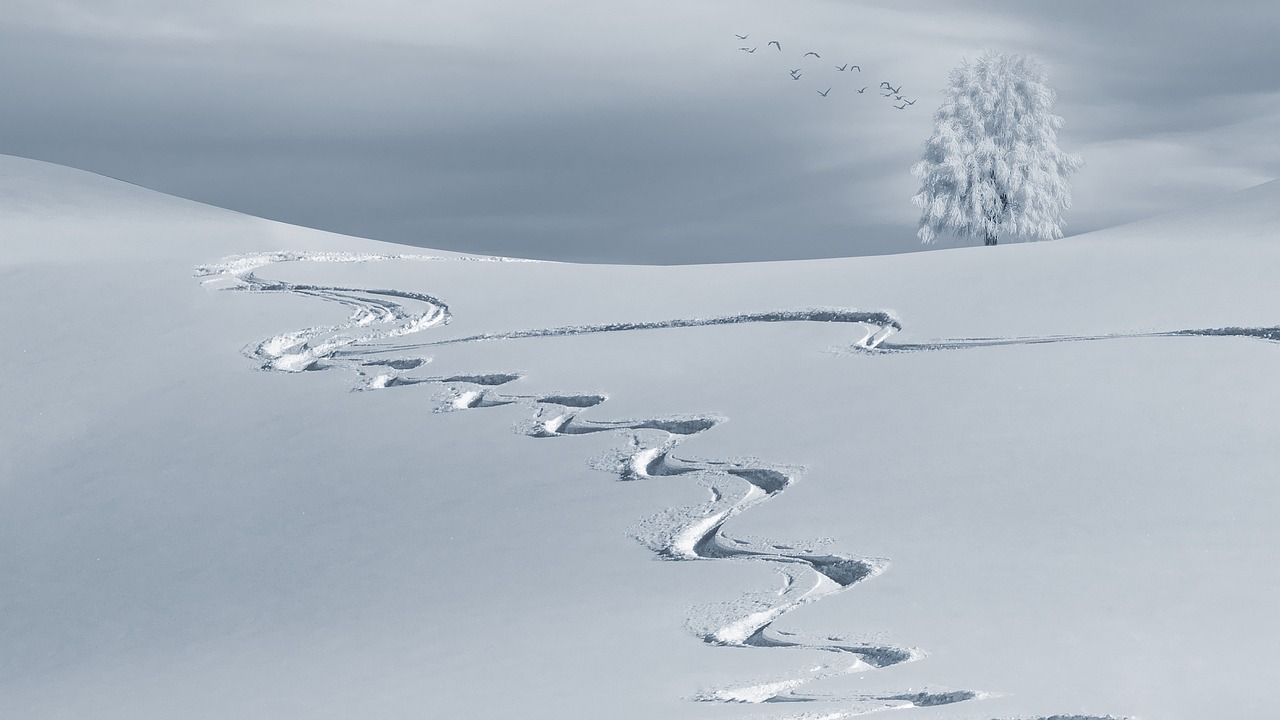Located in the French Alps, Le Grand Bornand has had some snow supply problems:

Where they should have been white, the slopes were brown:
 In the Alps, the Rockies, and the Andes, ski resorts are adjusting to less snow and higher temperatures.
In the Alps, the Rockies, and the Andes, ski resorts are adjusting to less snow and higher temperatures.
This is the story.
Snow Supply Problems
Problems and Solutions
Last December Le Bornand used stored snow to host Biathlon events after trucks moved it to the slopes. However, smaller, less affluent resorts cannot save their snow. Sounding Darwinian, the heartier ski resorts located at higher altitudes, with slopes facing north should be able to weather global warming. Resort owners report that vacationers are booking those higher altitude hotels to sidestep the snow problem.
According to the Intergovernmental Panel on Climate Change, snow cover could drop by 8 percent for every degree global temperatures rise. Other estimates are lower but the reasononing is similar. One scientist tells us that a problem is a self-sustaining melting cycle. Once snow covered slopes turn brown, they reflect less light and absorb more heat. As a result, there is less snow, more brown, and, getting worse, the loop repeats. As a result, the Alps are warming twice as fast as the global average.
Scientists predict that the hardest hit will be located below 2,000 meters. Not getting enough snow, those lower altitude resorts–25 to 44 out of 175 — might not survive according to a University of Grenoble report. In addition, with snowmaking becoming ever more important, energy costs and the demand for water are multiplying. Meanwhile, the industry will need to adjust as the seasons get smaller and conditions change.
Some expect a shorter downhill ski season:

But it all could depend on how much the temperature changes:

How to adjust?
Resorts know how to store snow and “farm” it. Some are removing the stones from ski trails to minimize melting and using devices to create the compacted snow that melts more slowly. Also, resorts collect water in reservoirs while others are just moving higher up the hill. The larger resort enterprises have started selling ski passes to 40 or more resort areas so people can avoid snowless vacations. Others are trying to become year round facilities so summers offset winter losses.
Our Bottom Line: The Factors of Production
Although we cannot be sure about any of the projections, as economists we do know that it is all about land, labor, and capital. Wherever skiiing is a source of jobs and sustenance for a community, the people are adjusting their land, what the labor force does, and how they use their capital. Some have even suggested that future of skiing may be in Sweden. More realiztically though, they point out that the hotels, the airports, and trains and roads in the places that will have more snow in the future are not equipped for skiers.
You can see that changing temperatiures and snowfall are about much more than climate and vacations. They relate to how we mobilize our factor resources.
But where are we? Returning to our title–where is downhill skiing taking us? Up the hill.
My sources and more: Thanks to the BBC’s Climate Question podcast for inspiring today’s post. From there, more research was at Protect Our Winters. Much more scholarly, a researcher from the University of Albany seemed academically dependable. But then, Bloomberg (one free article) also came in handy.






